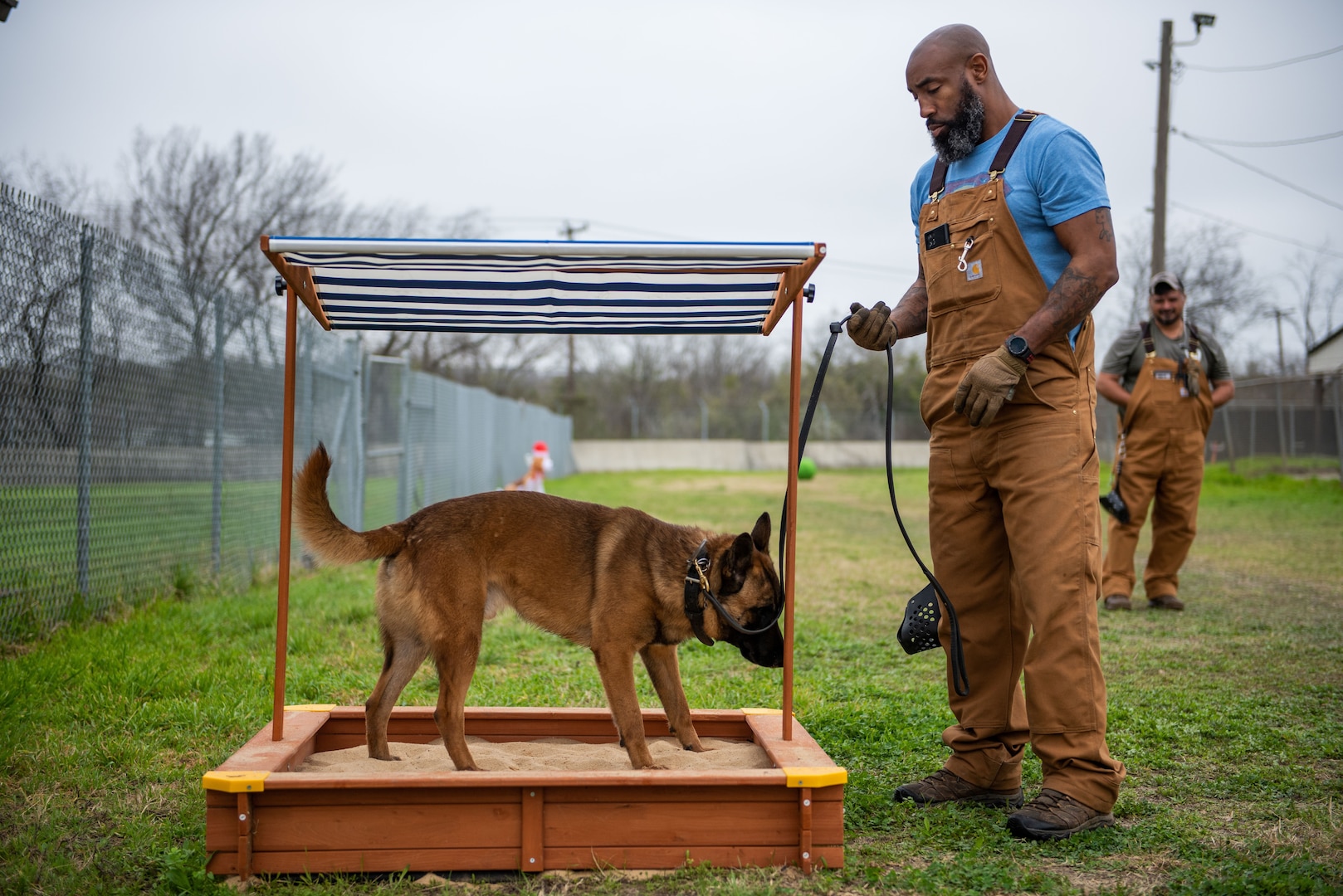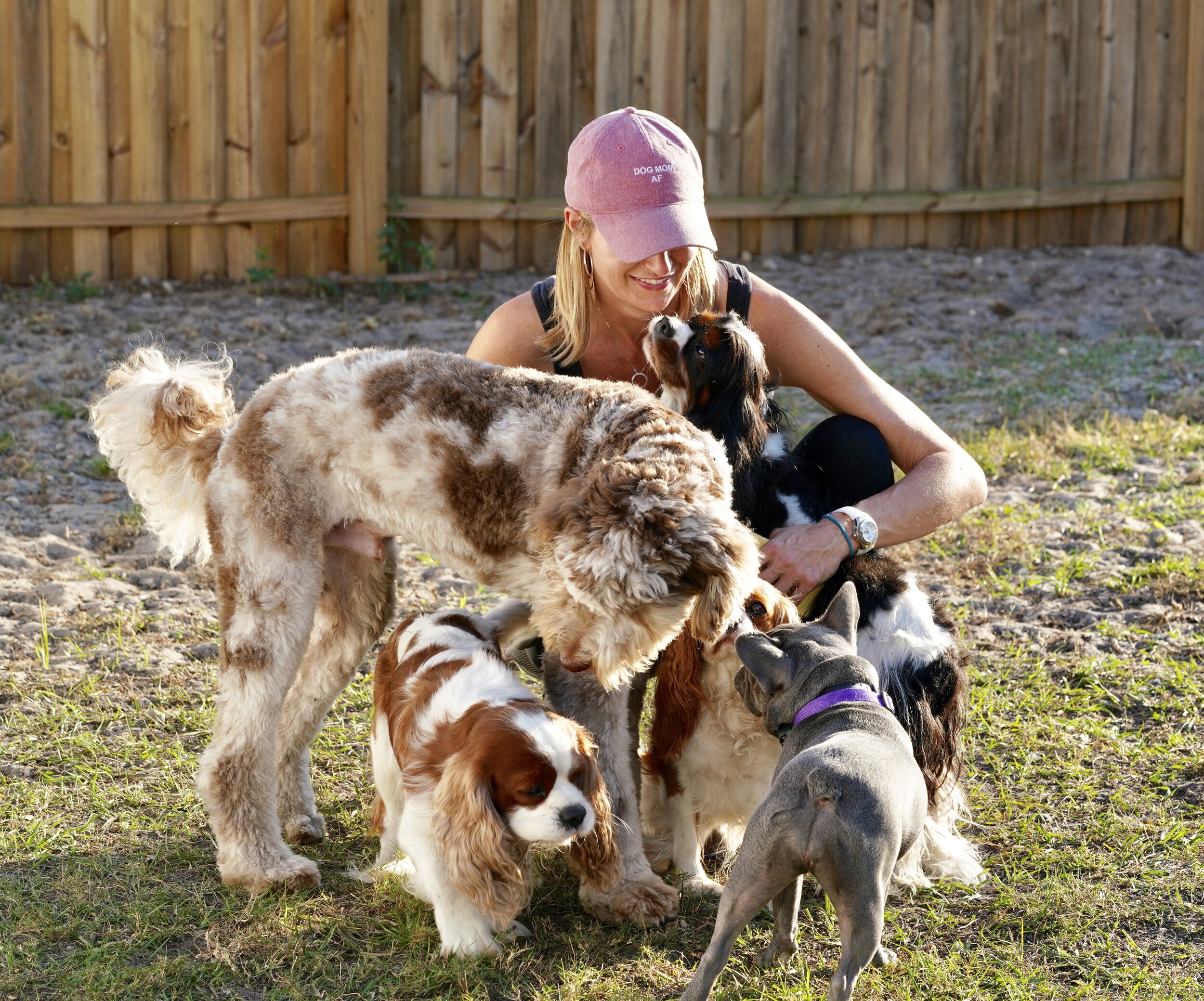The Ultimate Guide to Dog Training: Tips for Every Stage of Your Dog’s Life
The Ultimate Guide to Dog Training: Tips for Every Stage of Your Dog’s Life
Blog Article
Beginner's Overview to Successful Canine Training in the house
Effectively training a pet dog at home requires a nuanced understanding of canine behavior and reliable interaction techniques. Developing clear training goals, using premium rewards, and keeping uniformity across relative are essential aspects. In addition, integrating training into daily routines can boost both interaction and retention. Nonetheless, lots of beginner instructors come across challenges that might prevent progression. To browse these complexities successfully, it's important to check out numerous crucial elements that can change your method and lead to a harmonious partnership with your family pet. What fundamental concepts should every newbie understanding to make certain success?
Comprehending Canine Habits
Recognizing pet actions is crucial for reliable training and cultivating an unified relationship between humans and their canine buddies. Pet dogs interact mainly through body language, articulations, and faces, making it important for proprietors to translate these signals precisely. Acknowledging habits such as tail wagging, growling, or cring can offer insights into a canine's psychological state and objectives.

Usual behavior concerns, such as aggressiveness, anxiety, or extreme barking, commonly originate from misunderstandings or unmet requirements. Observing and resolving these concerns promptly can avoid acceleration and make certain a favorable training experience. By promoting a deep understanding of dog habits, owners can customize their training methods to fit their canine companions, ultimately bring about a well-behaved and satisfied pet.
Crucial Training Tools
A fully equipped training area can significantly enhance the performance of canine training in your home. Necessary training tools make sure that both the pet dog and the trainer can involve in efficient sessions that foster knowing and bonding.

Investing in a durable leash and a comfy, well-fitting collar or harness is vital for security and control. These devices help establish limits and ensure the canine stays safe during training. In addition, an assigned training area, devoid of distractions, aids focus for both the canine and the fitness instructor.
Educating aids such as training pads, cones, or agility devices can also improve the experience by introducing range and obstacles. Last but not least, having a note pad or digital app for tracking development can be important, permitting you to note successes and locations for enhancement. Utilizing these important devices will certainly produce a favorable training environment and lay the structure for reliable understanding.
Producing an Educating Regimen
Establishing a consistent training routine is necessary for effective pet training at home. A well-structured regular not only aids in strengthening desired behaviors however also offers your dog with a complacency and predictability. To create an efficient training regular, begin by identifying particular training objectives, such as basic commands, leash strolling, or housebreaking.
Choose an assigned time each day for training sessions, ideally when your canine is receptive and alert. Sessions ought to be brief, roughly 5 to 15 mins, to preserve focus and stop fatigue. Uniformity in timing and atmosphere will enhance your pet's learning experience.
Integrate training into everyday activities to strengthen abilities. Technique commands throughout walks or mealtime, visit this web-site which integrates finding out right into all-natural routines. In addition, stay versatile and adjust the regular as essential, fitting your pet dog's power levels and state of mind.
Favorable Reinforcement Techniques
Positive reinforcement techniques are fundamental to reliable canine training, promoting wanted behaviors with rewards rather than punishment. This technique uses positive stimuli, such as deals with, praise, or playtime, to urge pet dogs to duplicate particular activities. The cornerstone of this approach is timing; rewards need to be provided instantly adhering to the desired actions to produce a clear organization.
When executing favorable reinforcement, it is crucial to choose incentives that are inspiring for your pet. High-value deals with, such as tiny pieces of chicken or cheese, can be specifically efficient during training sessions. In addition, varying the benefits can preserve your dog's passion and excitement.
Begin with basic commands, like "sit" or "stay," and slowly progress to more intricate tasks. Consistency is vital; make certain that all member of the family utilize the exact same commands and benefit systems to stay clear of confusion.
Moreover, it is vital to remain patient and prevent irritation. Pet dogs, like human beings, discover at their very own rate. By fostering a supportive training environment via favorable support, you can boost your pet's knowing experience while enhancing the bond in between you and your hairy friend, preparing for successful training outcomes.
Typical Training Obstacles
While training a canine in the house can be a satisfying experience, it often features a collection of usual difficulties that can check both perseverance and consistency. One widespread issue is disturbance. Canines may come to be easily averted by sounds, movements, or perhaps fragrances in their atmosphere, making it tough to maintain their emphasis throughout training sessions.
One more challenge is variance in commands and support. It can impede and puzzle the canine development if household members use different signs or benefits. Establishing a unified strategy is crucial for effective interaction.
Furthermore, pets can experience frustration or stress, particularly if they do not understand what is expected of them. This can lead to undesirable habits, such as eating look at here or barking.
Ultimately, the timing of reinforcement is vital (Dog training). Postponed incentives can decrease the effectiveness of favorable support, as pet dogs might fall short to link the habits with the benefit
Overcoming these difficulties calls for commitment, clear interaction, and a structured training plan. Recognizing and resolving these usual barriers will pave the means for a more effective and pleasurable training experience at home.
Final Thought
In final thought, effective canine training at home demands a comprehensive understanding of canine habits and reliable interaction strategies. By establishing clear training goals and utilizing high-grade treats alongside my website favorable reinforcement, the training procedure comes to be more rewarding for both the instructor and the canine.
Developing a consistent training routine is necessary for reliable dog training at home.Favorable reinforcement strategies are essential to effective dog training, advertising preferred actions via incentives instead than penalty (Dog training). By promoting a supportive training atmosphere with positive support, you can enhance your pet dog's discovering experience while enhancing the bond in between you and your fuzzy friend, laying the foundation for successful training end results
In conclusion, successful dog training at home demands a thorough understanding of canine behavior and reliable interaction approaches. By developing clear training objectives and utilizing top quality deals with together with favorable reinforcement, the training process ends up being much more fulfilling for both the fitness instructor and the dog.
Report this page